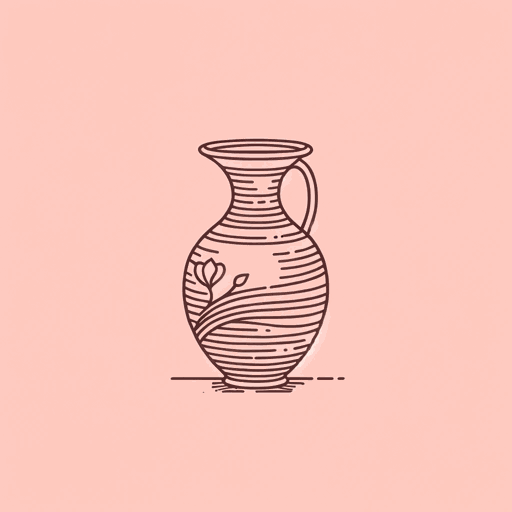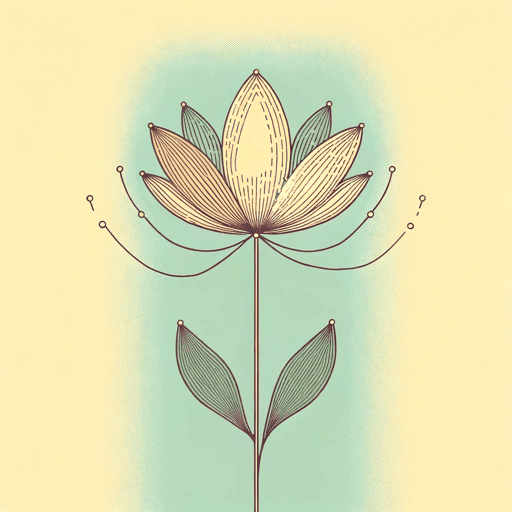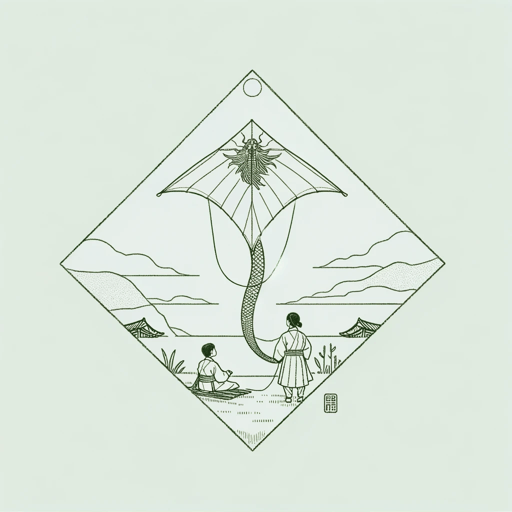43 pages • 1 hour read
Linda Sue ParkProject Mulberry
Fiction | Novel | Middle Grade | Published in 2005A modern alternative to SparkNotes and CliffsNotes, SuperSummary offers high-quality Study Guides with detailed chapter summaries and analysis of major themes, characters, and more.
Summary and Study Guide
Overview
Project Mulberry, by Linda Sue Park, is a middle grade realistic fiction novel about a young Korean American girl coming to terms with her identity in a small, mostly white Midwestern town. It was nominated for and received many awards, including the 2005 Chicago Tribune Young Adult Fiction Prize, the 2005 Chicago Public Library’s Best of the Best Books, and an Honorable Mention for the 2006 Asian Pacific American Award for Literature. It featured in the 2005 New York Public Library’s 100 Titles for Reading and Sharing and the 2005 Notable Books for a Global Society book lists.
This book discusses themes like Perception of Ethnic/Racial Identities, Types of Productivity/Skill Sets, and Sustainability of Nature and Knowledge. Important symbols and motifs include a mulberry tree as diversity, the Connecticut state quarter as unity, kimchi as harmony, and silkworms as the immigrant experience. This guide references the 2007 edition of Project Mulberry published by Yearling, an imprint of Random House.
Content Warning: The novel includes racial slurs and spelling/terminology for diverse populations that may be considered outdated today. It also discusses prejudice present within POC/BIPOC communities. Park’s original language is maintained in quotations.
Plot Summary
Seventh grader Julia Song and her best friend Patrick are stumped by their Wiggle (Work-Grow-Give-Live!) project. They want a dual-category project involving animals that will win a prize at the state fair. Mrs. Song, Julia’s mother, suggests raising silkworms and harvesting the silk as she and her family did in Korea. Patrick is enthusiastic, as is their Wiggle mentor, Mr. Maxwell, who approves the project. Julia is reluctant because of negative treatment she has received due to her Korean heritage. However, she goes along with the project preparations, hoping an unexpected snag will make the silkworm idea unfeasible.
Her hope seemingly comes true when they realize silkworms only eat leaves from mulberry trees, which don’t typically grow in Plainfield, Illinois. However, they discover that a man named Cal Dixon has one such tree. Upon meeting him, Julia is startled to find that he is Black. This concerns her because she suspects her mother, who accompanies Julia and Patrick to meet Mr. Dixon, is prejudiced against Black people.
Nevertheless, Patrick and Julia arrange to use Mr. Dixon’s tree for their project. Patrick wants to order the silkworm eggs but doesn’t have money to pay for them. Julia uses this opportunity to halt the project, saying that she doesn’t have enough money to cover the cost. This humiliates Patrick, and they fight. The next day, Julia is wracked with guilt and decides her friendship with Patrick is worth more than her misgivings about the project. They order the silkworms.
When the silkworms arrive, Patrick invites Kenny, Julia’s younger brother, to help with the project. Julia doesn’t trust Kenny not to destroy the project, but Kenny allies with Patrick and becomes a dedicated member of the team. Over the course of the project, Julia becomes invested in and attached to the silkworms.
Meanwhile, Julia and Patrick become friends with Mr. Dixon. On one visit to collect mulberry leaves, they help him with his gardening in return for snacks and conversation. They return home late, angering Mrs. Song. Later, Mr. Dixon attempts to make peace by offering plants from his garden, but he mistakenly assumes the Songs are Chinese American, much to Julia’s hurt and shock. The incident is smoothed over, but Julia ponders perceptions of race/ethnicity among various groups. This colors her struggle to choose an embroidery design for the second part of the Wiggle project, for which she will use the harvested silk. Julia, still concerned that the worms are “too Korean,” wants her embroidery to be “All-American.” The traditional Korean embroidery techniques she uses, however, bring her closer to her Korean heritage.
During this time, the Wiggle Club takes a field trip to the farm of its leader, Mr. Maxwell. Mr. Maxwell introduces the children to sustainable farming and its benefits. Inspired, Patrick incorporates sustainability into the silkworm project, with mixed results. As the worms grow, Julia and Patrick react to them differently—as a result, Julia learns that Patrick has a worm phobia. This solidifies Julia’s commitment to the project: If Patrick can overcome his misgivings, so can she. However, when she discovers that harvesting the silk requires the death of the silkworm pupae, she is devastated and once more halts the project. She and Patrick have their biggest fight yet, as Patrick wants the silk to make their project worthy of the state fair. Mr. Maxwell tries and fails to convince Julia to agree to the harvest; during this time, Patrick also discovers Julia’s initial misgivings about the project.
The solution comes from Kenny—the only person to empathize with Julia’s internal dilemma. He suggests killing just a few of the worms, providing the necessary silk while also allowing some silkworms to become adult moths. Julia agrees to this plan and helps prepare the silk thread. Kenny comforts her by giving her the Connecticut quarter she needs for her and Patrick’s state quarter collections. In exchange, Julia agrees to help Kenny with his own collection.
Julia uses the silk thread to embroider the life cycle of the silkworm, her chosen final design. Patrick puts together footage of the silkworms for the state fair. They receive second place for the silkworms, and Julia’s embroidery earns a commendation for originality. The moths die and are buried with the pupae in Julia’s yard. Julia’s relationship with Kenny improves, and she and Patrick continue to visit Mr. Dixon. In a final effort to resist her mother’s prejudices, Julia includes Kenny in those visits.
Related Titles
By Linda Sue Park






